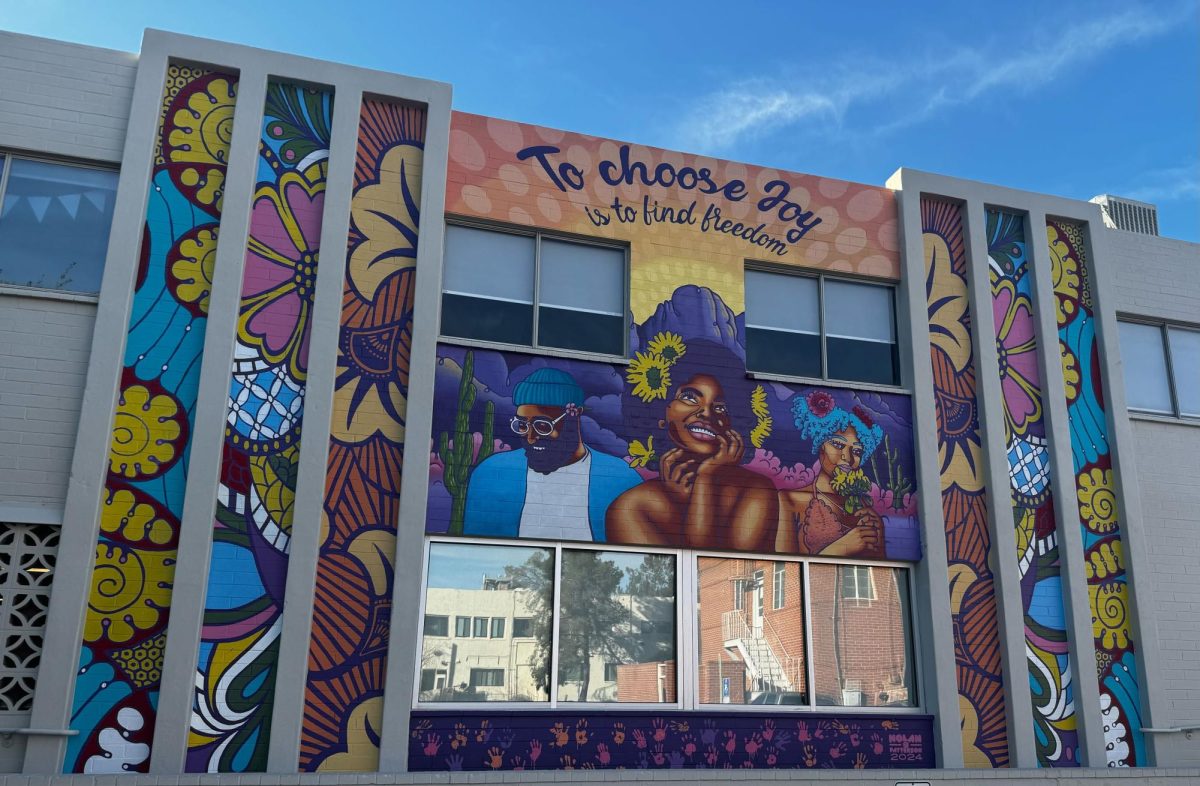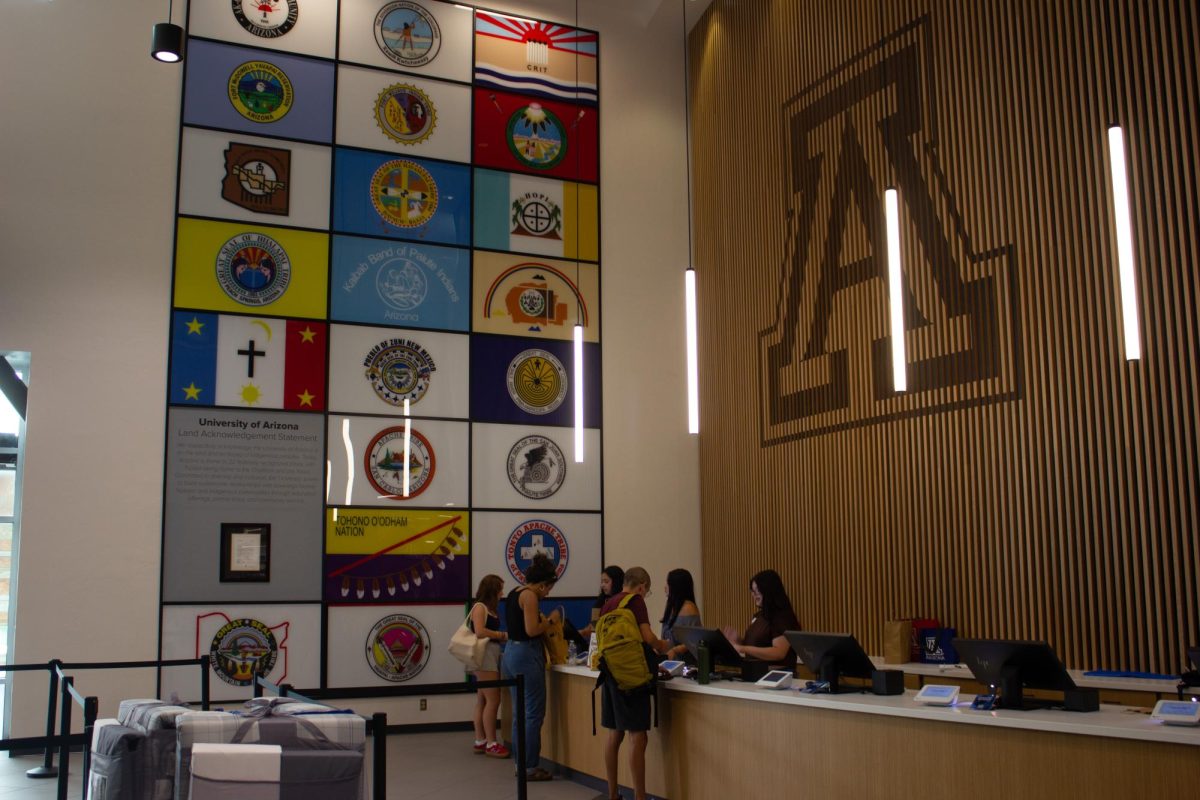The UA’s minority student retention rate is the highest it has been in the school’s history.
The first time the UA broke 80 percent retention was in 2012, when freshman to sophomore retention increased from 79.7 to 80.9 percent.
Jeff Orgera, senior assistant vice president for Student Affairs and Enrollment Management, said the rate currently stands at 81.5 percent.
To calculate retention, a count is taken of the number of freshmen during the first week of school, then another is taken of the sophomores at the beginning of the following year to see how many have returned.
“It’s really good news because the UA is a diverse institution with a large number of ethnic minorities coming here,” Orgera said. “Regardless of what type of student you are, you will have the same opportunities as other students to become successful.”
Diversity support centers such as Asian Pacific American Student Affairs and Native American Student Affairs seek to provide students with support systems that promote success while embracing their cultural identities.
Anamaria Ramirez, a higher education graduate student, said that the Chicano/Hispano Student Affairs center is designed to help minority students in their college endeavors.
“The whole purpose of this cultural center existing, along with the other three, is to provide resources and retention programs for minority students,” Ramirez said.
Ramirez said the CHSA, along with the other three diversity support centers, work to provide students with cultural and social experiences as well as academic assistance.
“Retention doesn’t only have to do with academics, it has to do with providing that space for the student to feel comfortable with themselves and others so that their experience here is a positive one,” Ramierez said.
Maria Moore, program director for African American Student Affairs, said that the AASA works to provide unity within a cultural community for students.
Although the minority rate is at an all-time high, Orgera said that students are still facing obstacles that are causing them to drop out.
“They’re the same type of obstacles for all students, whether they feel like they don’t fit in with the institution or feeling like they don’t have a place here, as well as not being well-connected to friends,” Orgera said. “There is no simple formula to adjusting to college.”
Orgera said that it is important to work with each student individually to figure out the best plan for continued progress.
Moore said that the UA can continue to increase the minority retention rate by creating more programs focused on student resources.
“We need to keep it moving in the right direction,” Moore said. “As students continue to make meaningful connections with the staff and faculty here, as we keep developing comprehensive programs that meet student needs, then we’ll continue to see the retention rates go in the right direction.”
Adjusting to college life as a minority student can be hard, Ramirez said, but it is doable if the student has the drive to succeed.
“If you have that goal, if you have that dream that you want to accomplish, and it’s a strong one and firm one that you believe in, that’s what’s going to push you through,” Ramirez said. “No other obstacle will make you want to stop; you’ll always find a way to stay in school if that’s what you want.”








